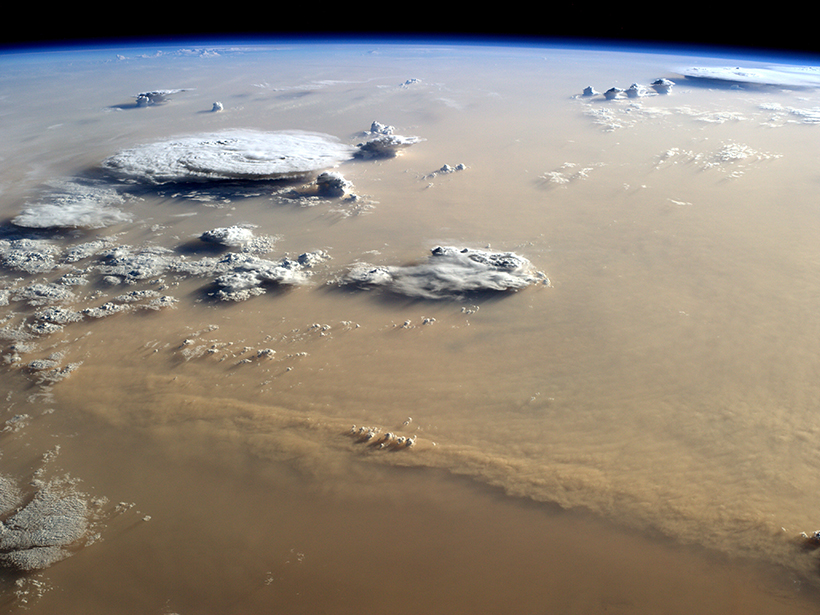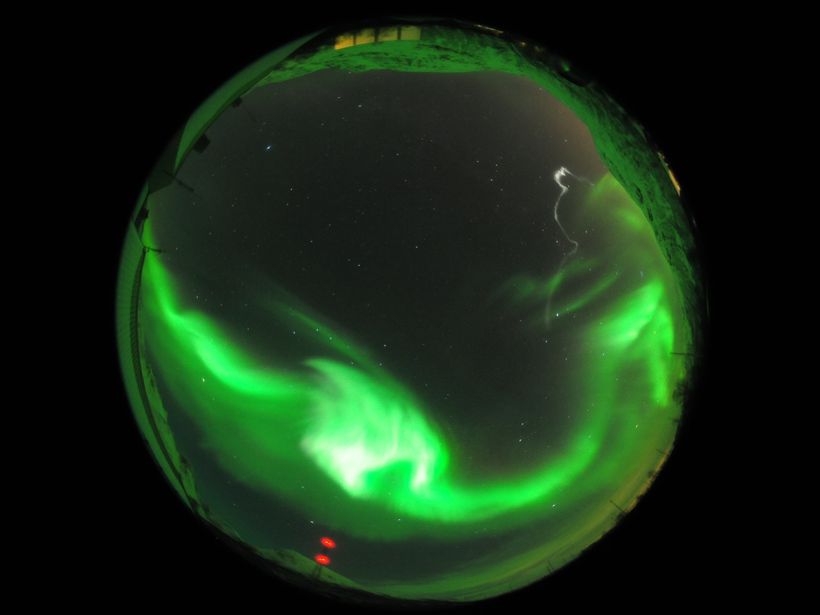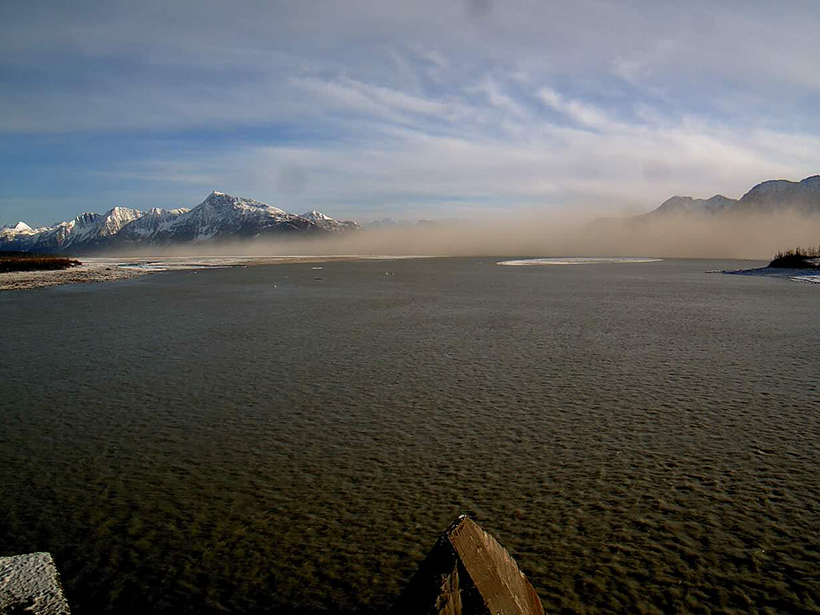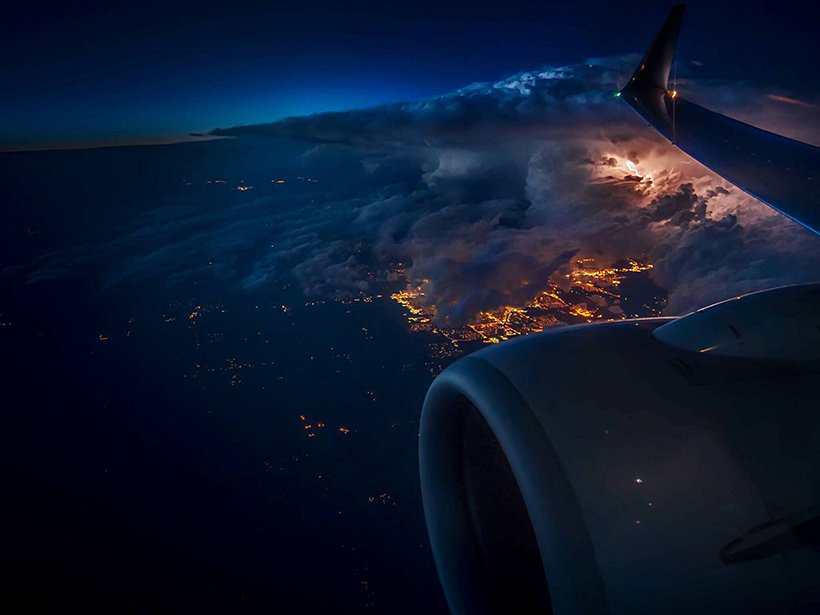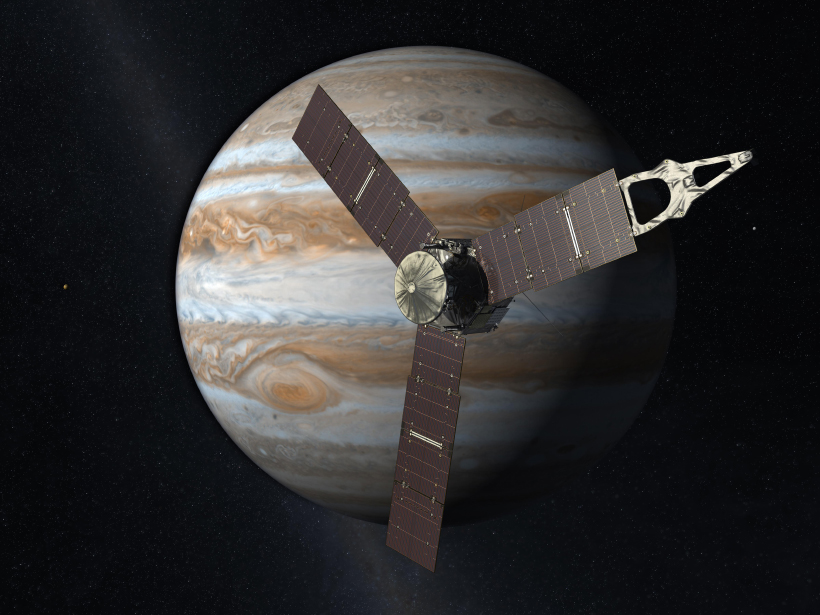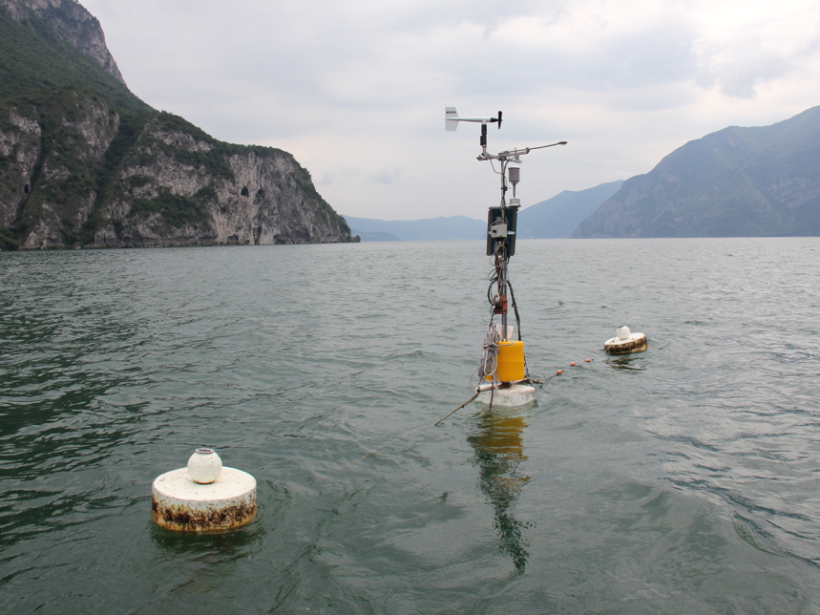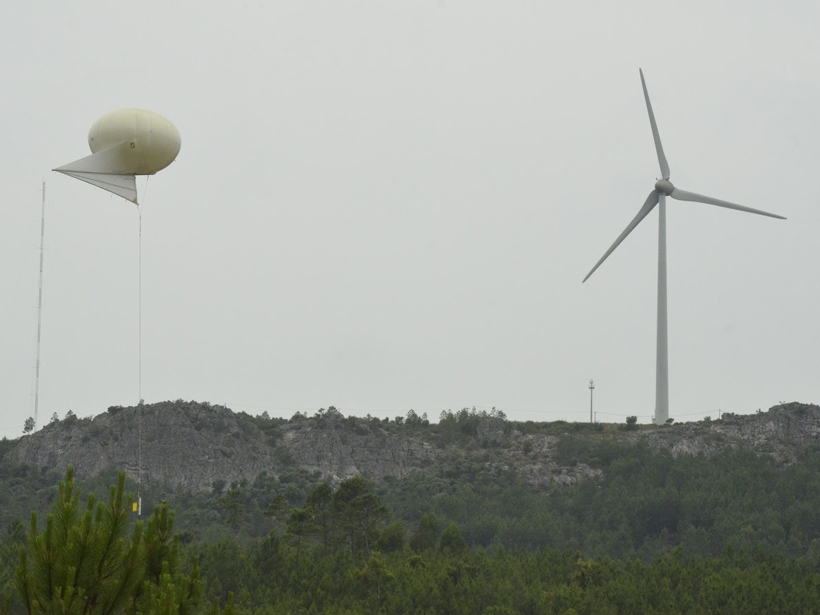As a major atmospheric circulation system spreads farther poleward, some regions are drying out. But as time passes, will this drying be symmetrical across the globe?
wind
Sounding Rockets Probe the Northern Lights Above Norway
Scientists measure how the aurora affects winds in the upper atmosphere.
Assessing the Many Influences of High-Latitude Dust
First International Conference on High Latitude Cold Climate Dust (HLCCD); Reykjavík, Iceland, 22–25 May 2017
Offshore Wind Turbines Can’t Yet Withstand Category 5 Hurricanes
A new study suggests that more robust turbine design is needed to weather high winds.
How Storm Turbulence Can Spark Lightning
The turbulent pockets of air inside storms can help to build up static electricity in the atmosphere, according to a new study.
Curiosity Spies Shifting Sands on Mars
Images from the rover’s pioneering encounter with sand dunes on Mars constrain wind speeds required to move sand in the thin Martian atmosphere.
How Shifting Winds Turn Tropical Storms into Hurricanes
Researchers present a novel method for analyzing how wind shear affects tropical cyclone strength and structure.
Huge Storms Disrupted Jupiter’s Fastest Jet Stream in 2016
Recurrent jet stream disturbances provide glimpses of what lies beneath the gas giant’s thick upper cloud cover.
How Does Wind Push Water?
A new 3-D model shows how wind affects hydrodynamic mixing in a northern Italian lake.
Monitoring Wind in Portugal’s Mountains Down to Microscales
Researchers are now gathered for the Perdigão field campaign, an effort to study wind flow physics at scales down to tens of meters. The effort should help engineers harness wind energy in Europe.

